Click below to watch the video:
How did Ibn Zubayr pick today’s Mecca as a place to move the Black Rock? How did he get so many people to move from Petra? How did they feed them? Dan Gibson answers questions about how and when the Black Rock was moved from Petra to Mecca.
Transcript
Video #31 This is a general transcript of a Dan Gibson video.
Hello, I am Dan Gibson, and this is another Question and Answer Video. One of our viewers, Khalifa has asked a question. The question is: When Ibn Zubayr moved the Ka’ba to today’s Mecca, was it a planned move? If yes, how did he zero on the present location of Mecca? Any clues on that?
Thank you Khalifa, it is a good question, but we need to clarify a couple of things at the onset.
In 70 AH Ibn Zubayr was in the middle of a civil war. I think he realized that it was going to drag on for a long time. So the idea came to move the Black Rock away from the city to safe-keeping. There is no indication that he was planning to create a new Ka’ba and a new Qibla. I think that came later.
From my reading of the text, there were a large group of horses and camels available, brought by his brother Musa’ib. I also think it was mostly old men, women and children that were moved away from the war zone in the city.
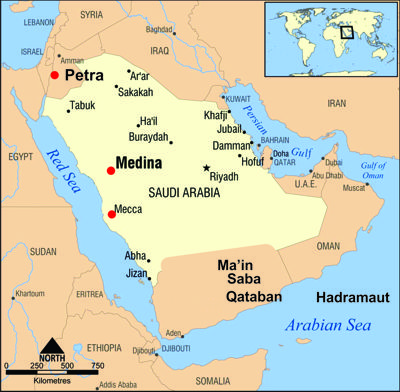
undefined
So why Mecca in Saudi Arabia? Look at a map. It was as far away of Damascus. Pretty well as far away as they could get without going down into Yemen. They would not want a populated area because the local people might end up claiming the Black Rock for themselves, so they wanted an isolated place. Also there was a trade route through Mecca that was occasionally used by merchants, who were shifting from the coastal road to the internal incense route. Mecca is on a connecting route between the two trade routes. Also, Mecca had an ancient well. The original name of that well has been lost to us. But there was a well there; so there as water.
Last, the original tribes in the area were probably more hostile to Damascus than to these few people who settled around the ancient well, with their herds of camels. I have not been able to find the original name of that valley, nor of the well that was there. That has been lost to us in history.
In time, the war went badly for Ibn Zubayer, and eventually he was killed by General Hajjaj, who had been sent from Damascus. At that point Hajjaj makes a token effort to repair the Ka’ba building, but he had no black rock to put into the corner of the Ka’ba.
It is interesting to notice that there are two instances in history at this time, that people took oaths, using the term, “By the Lord of the Corner and the Station” rather than swearing “by the Lord of the Back Rock.” That indicates to me that the Black Rock was missing from the Ka’ba building. It s just an idea, I have no absolute proof.
Khalifa’s second question: Since Mecca of today is still in a very inhospitable location; how did he get so many people to move there and when they did how did they manage to procure water, food etc? It would not have been easy to get people to move from a big city like Petra to a desolate place like Mecca.
Again, this is a good question. But there is an assumption in it. How did he get so many people to move. The issue here is, How many people made the initial move, and how many came later?
As far as the initial move, it could have been quite a small number of people. Remember, their assignment was to take the Black Rock, which was not a huge rock. It could have been carried on a single camel. And they were to take it far away from the armies of Damascus and hide it in the desert. It would seem that women and children also accompanied them, but there is no prove of this. So it could have been a small number, maybe twenty or thirty people, maybe less that made the move originally.
As I mentioned, there was an old well in the center of the Mecca valley, and I am sure there was some grazing for camels and sheep as well.
During my time with the Bedouin, the shepherds would take small flocks of goats out into the barren desert. But they would find things for them to eat. You and I would starve because we not only need our prepared food, we would want a Starbucks as well.
But some Bedouin live solely off of camels and goats. There are some green places in southern Saudi Arabia, so it would have been possible to purchase some food stuff from those regions. Only 100 km away, there was a valley with some agriculture. That valley was on the trade route, the main incense route, so it was not too hard for the original guardians of the Black Rock to obtain grain and rice there.
If you go south from Mecca down wadi Ne’uman, and then cross a mountain range into al-Hada. There was agriculture at AlHada. Today there is a highway joining these two, and so it only takes an hour to drive from one to the other. Then across the next mountain range is a very fertile place. So they could purchase supplies.
So this brings us to another interesting question. I am sure they took money with them when they fled from the armies of Damascus. But how did they earn more money when they got there? They may have had money for months, maybe a year, maybe even two years, but eventually they needed a source of income.
Now you can imagine all the gossip that took place in the surrounding areas around Mecca. The Black Rock was in that valley over there. You can imagine that people came to see it, some would have come to worship it; especially the pagans. Muslims would have come to touch it, or kiss it and to revere it.
And so from the very earliest time, right from when the rock was moved, I think people would start making journeys to Mecca. Just the surrounding people, to the Black Rock. So the surrounding people in Mecca with the Rock would have to provide food for them, housing for them, deeding them, and so people would come and buy what they needed. So commerce would have started quite soon after.
Eight years after the Black Rock was moved, the Ka’ba building was built, and the area around the Black Rock became Masjid al Haraam. How do I know it was eight years later? There is an inscription, written on the rocks, just 60 km from Mecca, in the region of Ḥuma al-Numūr that has verses of the Qur’ān, supplications asking for forgiveness, mercy, martyrdom and paradise; trust and belief in the Prophet Muḥammad and the sending of prayers and blessings upon him. One inscription stands out as it contains the full shahādah. It also tells us that in the year that the inscription was made, Masjid al-Ḥarām was constructed. The inscription is clearly dated as 78 AH (697 CE).
So here we have an inscription, only 60 km away, made by the people that lived in the area, that said that Masjid al Haram was built this year, over there.
So that was the year that they decided to build Masjid al Haram around the Black Rock. The date is written in stone. Masjid al Haram was not built a hundred years, or a thousand years before in Mecca, the date is written there.
In the year 89 AH, about ten years later, it was reported that the well of Zamzam was lost, most likely from a flood that swept through the center of Petra. (Al-Wāqidī tells us: in his day the location of the well of Zamzam was lost. Ṭabarī 23:148) So with the original ZamZam covered over with rubble in far off Petra, it wouldn’t be hard to name the local well in Saudi, as Zamzam.
A couple of years later, in 94 AH (714 AD) more of the city of Petra was destroyed in an earthquake. It was about then that the focus of many people was towards Mecca in Saudi Arabia.
So to answer Khalifa’s question, I think only a small group went to Mecca. The original intent seems to keeping the Black Rock from the Umayyads. Over the next 20 years, however, Mecca was developed, and became a center of pilgrimage, people started going there, and so the local people in Mecca started earning income from those who were coming.
Eventually, all of the history associated with the first Ka’ba in Petra, was associated with the Ka’ba in Mecca in Saudi Arabia. And the later historians just spoke of one Mecca, and both histories merged as one in their minds. Those who held to the first Qibla were known as traditionalists. Those who accepted the new Qiblas were known as Reformers. Eventually the reformers won out, and the original Ka’ba building was totally forgotten.
I hope this answers your question, Khalifa, thank you for sending it in.
I am Dan Gibson, and this has been another Question and Answer video.
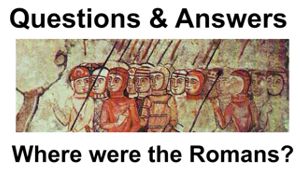
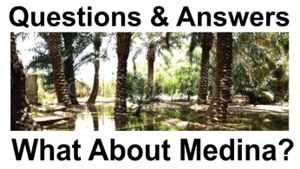
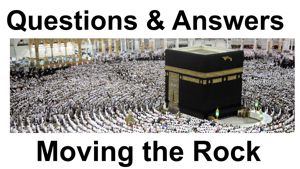
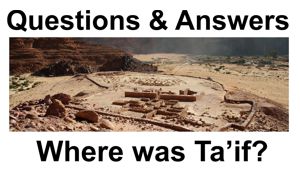
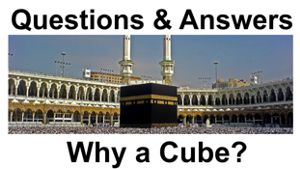

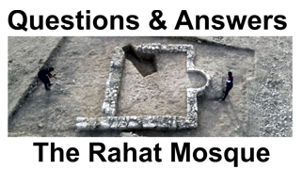
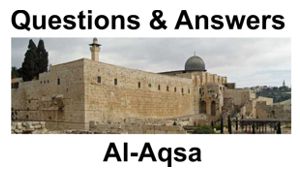
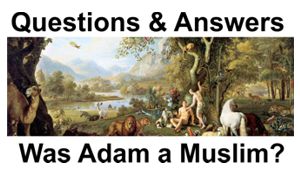
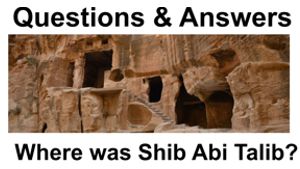

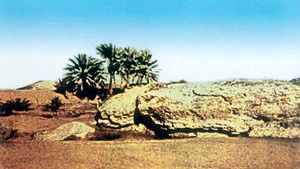
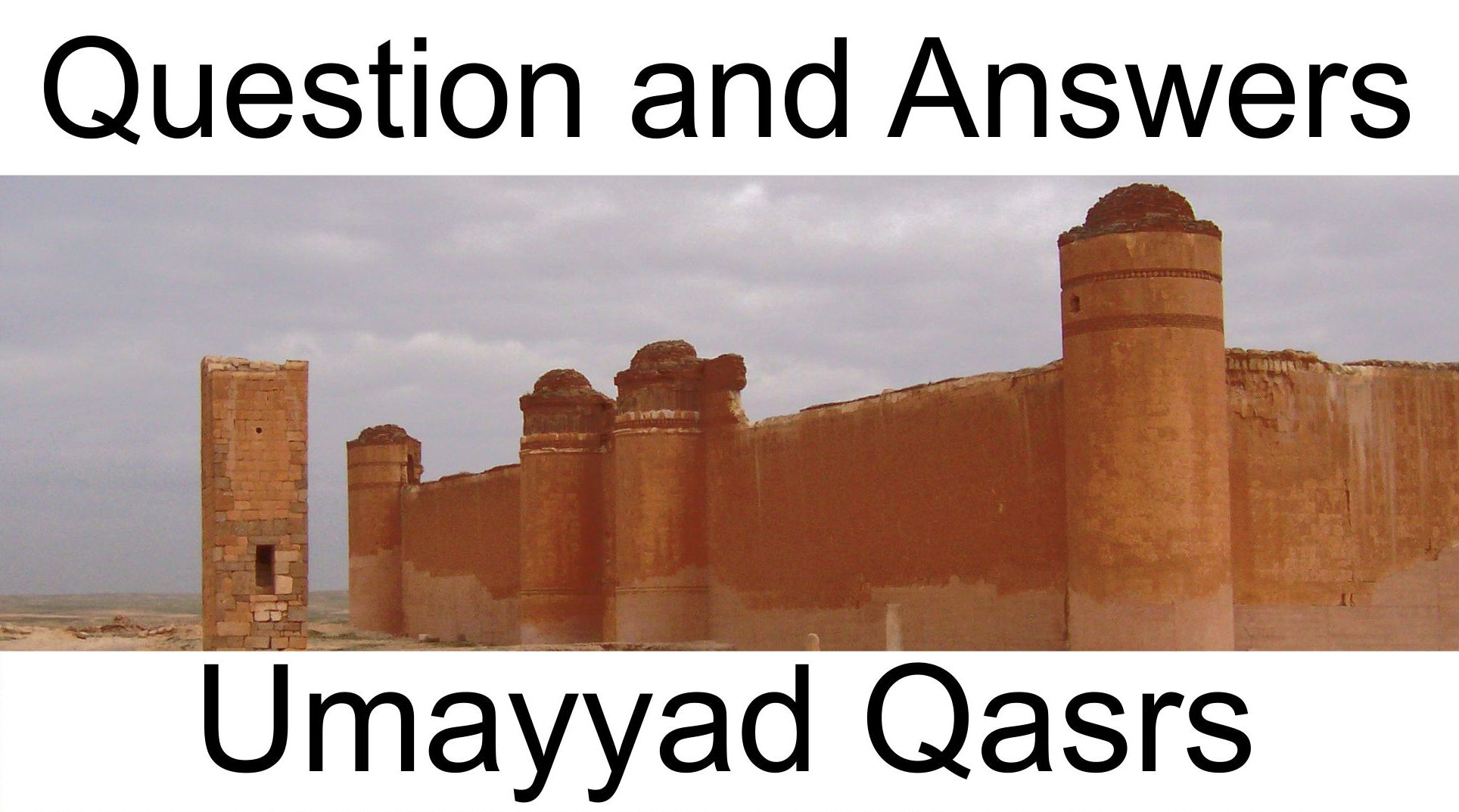
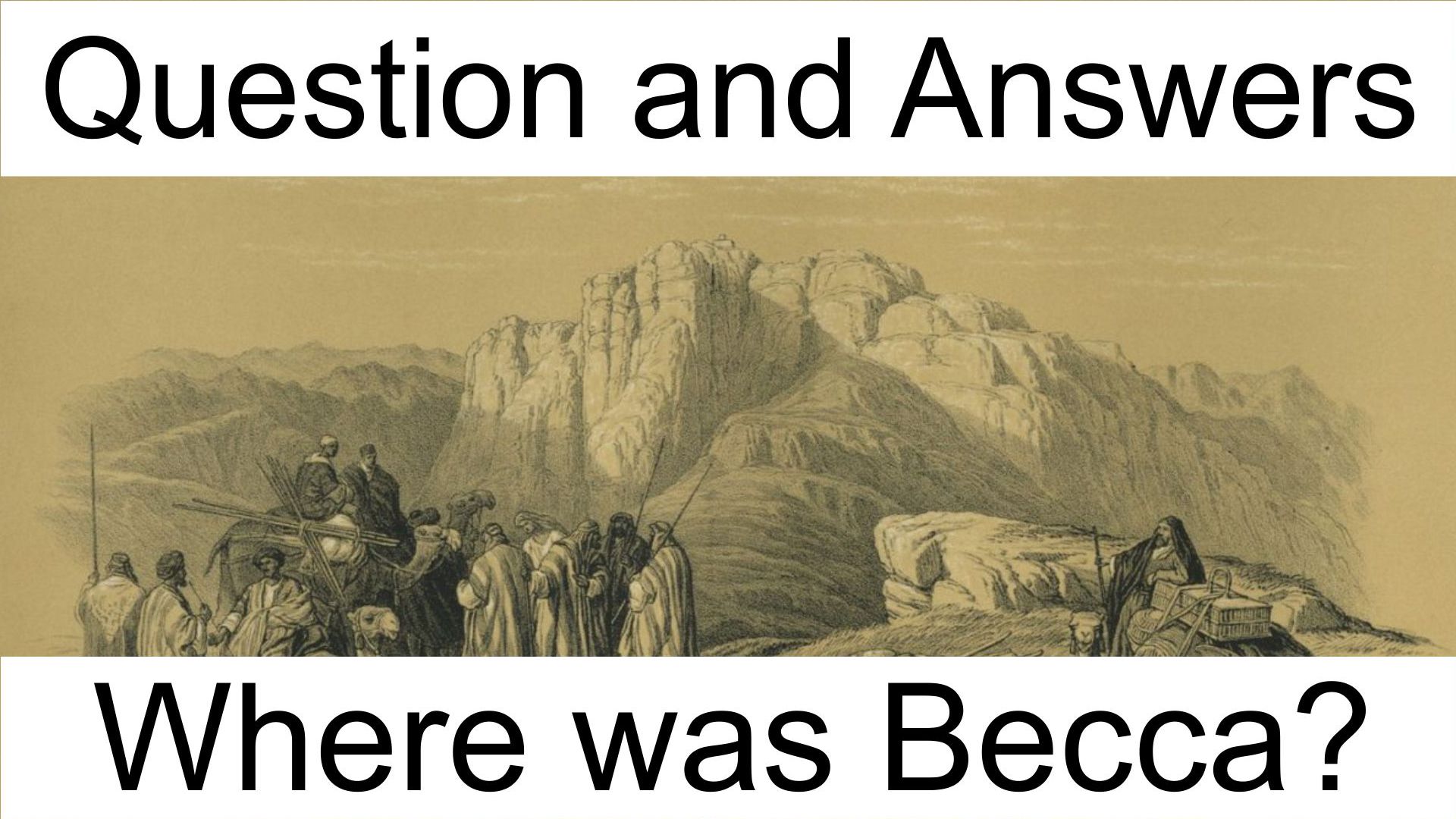

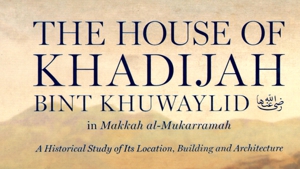
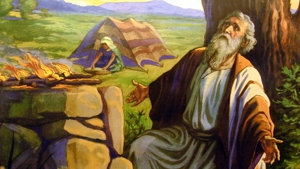
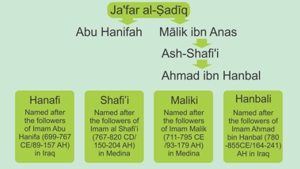

Page Discussion
Membership is required to comment. Membership is free of charge and available to everyone over the age of 16. Just click SignUp, or make a comment below. You will need a user name and a password. The system will automatically send a code to your email address. It should arrive in a few minutes. Enter the code, and you are finished.
Members who post adverts or use inappropriate language or make disrespectful comments will have their membership removed and be barred from the site. By becoming a member you agree to our Terms of Use and our Privacy, Cookies & Ad Policies. Remember that we will never, under any circumstances, sell or give your email address or private information to anyone unless required by law. Please keep your comments on topic. Thanks!